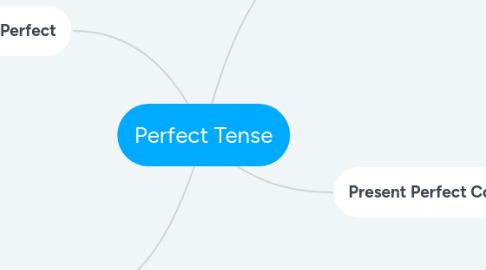Perfect Tense
by Fabrizio Mertino


1. I perfect tenses mettono in relazione il passato con il presente.
1.1. Sono pronto per l'esame perchè ho studiato -) I am ready for the exam because I have studied
2. Present Perfect
2.1. Si forma con l'ausiliare To Have + il past participle del verbo. Non importa se in Italiano si utilizzerebbe il verbo essere come ausiliare per formare il passato prossimo.
2.1.1. I have studied \ He has studied I have gone out vs She has gone out
2.2. Si utilizza per parlare di un'azione svolta in un passato imprecisato che ha conseguenze nel presente
2.2.1. I have worked very hard for this text
2.3. La differenza di utilizzo con il past simple consiste nel fatto che per il past simple l'azione inizia e finisce nel passato, il present perfect ha invece collegamenti con il presente
2.3.1. I haven't been very well this week VS I wasn't very well this week
2.4. Signal words: ever, never, just, already, yet, so far, recently, lately
3. Present Perfect Continuous
3.1. Come il present perfect si utilizza per un'azione iniziata nel passato che ha risultati nel presente. La differenza è che il present perfect continuous si utilizza quando l'azione è ancora in corso di svolgimento
3.1.1. I've been repairing the car (you can't use it) VS I've repaired the car (you can use it now)
3.2. Si forma con il present perfect di to be + forma -ing del verbo
3.2.1. I have been stydying \ He has been studying
3.3. Alla forma negativa non si usa molto spesso questa forma. Se si fa è per esprimere sorpresa o rimprovero
3.3.1. You haven't been quarreling again, I hope
3.4. Nella forma Interrogativa usiamo molto spesso HOW LONG per introdurre la domanda
3.4.1. How long have they been playing tennis?
3.5. Nella forma affermativa si utilizza spesso con le forme FOR and SINCE
3.5.1. For (Per) + a period of time
3.5.1.1. They've been waiting for thirty minutes
3.5.2. Since (Da) + the START of a period of time
3.5.2.1. I've been studying since 2 o'clock
